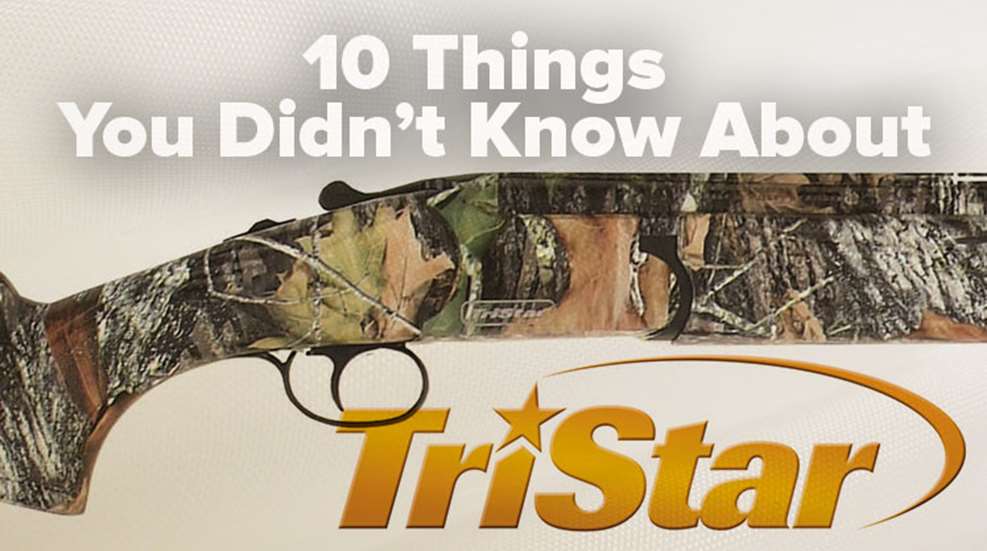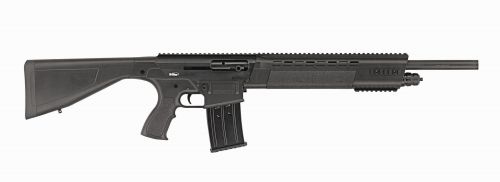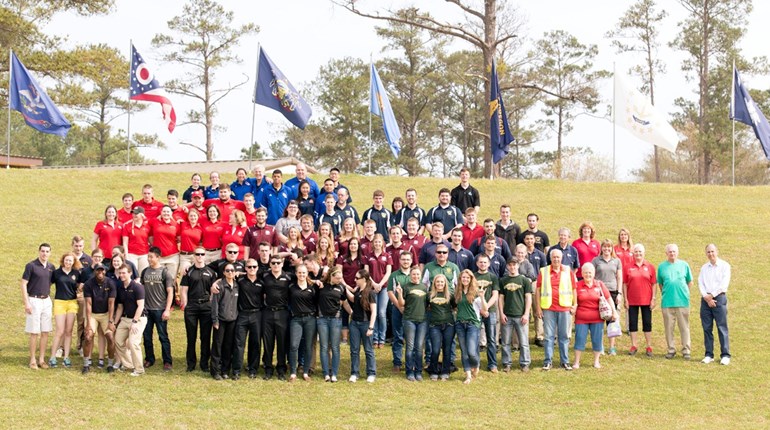
I'd say we live in an era of brand names, but that'd be a lie—industry, as a whole, has been dominated by brands for nearly as long as folks have been shopping. The outdoor industry is no different. Thing is, I've found that if you subscribe exclusively to the "big" names, you're just asking to miss out on a heck of a lot of value. Yes, that goes for the firearms industry, too—especially when it comes to shotguns. Yes, companies like Beretta, Benelli, Browning and others like them have earned the gravitas they're attributed. Nobody can take that away. But for each of them, there are a handful of smaller companies that can offer consumers value at a rate that's hard to beat. And, besides, everyone starts somewhere. Once upon a time, nobody recognized the Beretta name. Granted, that was more than 500 years ago, but you get the idea.
In this case, the up and comer I'm talking about is TriStar Arms. Self-branded as "The Value Experts," TriStar is home to an array of respectable shotguns and handguns, which are often available at a budget-conscious price point. Here are 10 facts about the company that should help you get more acquainted.
10. TriStar is family owned and operated. Though Gus and Ryan Bader (the President and Vice President of the company, respectively) aren't quite Italian and didn't see fit to throw their own names on the side of their guns, they're running a rapidly expanding ship from their Kansas City headquarters.
9. As of 2016, the company’s been in business for 20 years. Though TriStar is still a few years short of that Silver anniversary, it has grown exponentially in its two decades of service.
8. Don't think that makes TriStar the new kid on the block, though. The company's management team has more than 75 years of combined experience in the business. They know what they're doing.
7. TriStar largely—especially on this website, at least—is recognized for its shotguns. And rightly so. But there’s more to it than that. The company offers a full line of semi-automatic pistols. And the shotgun line has evolved over the years, too. Consumers can expect to find semi-automatic, over/under and pump-action models bearing the TriStar logo, with hunting, sporting, trap and home-defense applications all well-represented.
6. When I say TriStar's growing rapidly, I mean it. The company recently doubled the size of its office and warehouse to better meet the demands of consumers.
5. Fun fact: That pistol line is produced by a NATO factory that also produces airplane and missile components. Those components tend to demand quality and care.
4. Yes, TriStar imports its product from factories overseas. In this case, from Turkey. But don't you dare go turning up your nose. Turkish firearms manufacturing may have once been something that purist looked down their nose at, but it's not—or at least shouldn't be—the case anymore. The shotguns (and pistols) that roll out of the factories of TriStar's partners are as reliable as you could ask. No, it's not a Benelli or Beretta—but it's not supposed to be, and the MSRP reflects that. And trust me when I say that the TriStar you get in your hands will, in all likelihood, shoot like a scattergun from a much higher price class.
3. One of the company's more popular shotgun lines, the Viper series, is available in a number of configurations—and each of them is put through a 5,000 round endurance test to ensure longevity.
2. All of Tri-Star's firearms are backed by an exclusive 5-Year Warranty. There are stipulations, obviously, but TriStar takes care of its customers.
1. Though it's not necessarily going to go on many hunting trips (but please do call me if you've got a trip planned in a state where it'd be legal to use), the company dialed up the "cool" factor at SHOT Show 2016 with the introduction of its KRX Tactical. It may be more suited for coverage by our colleagues at Shooting Illustrated, but there's no denying that the AR-style semi-automatic shotgun should wow more than a few folks that visit AmericanHunter.org. It ships with an MSRP of $595, by the way. Value experts, indeed.

Looking for past installments of our "10 Things You Didn't Know" series? Hit the links below!
• 10 Things You Didn't Know About Can-Am
• 10 Things You Didn't Know About Winchester Ammo
• 10 Things You Didn't Know About Benelli
• 10 Things You Didn't Know About Beretta
• 10 Things You Didn't Know About Remington
• 10 Things You Didn't Know About Ruger
• 10 Things You Didn't Know About Smith & Wesson
• 10 Things You Didn't Know About Weatherby
• 10 Things You Didn't Know About Federal Premium
• 10 Things You Didn't Know About Taurus USA
• 10 Things You Didn't Know About Leupold




































